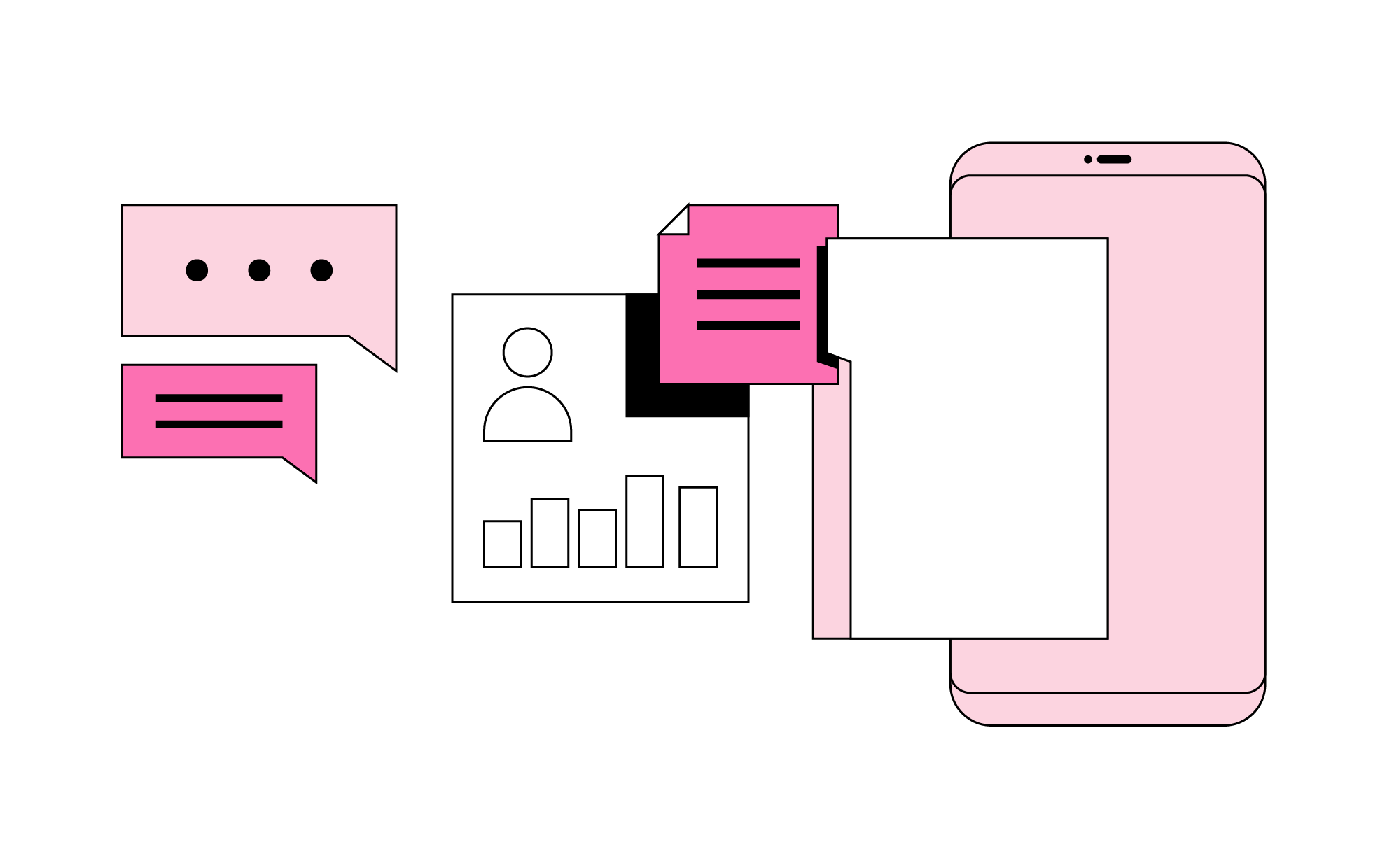Por: Andrea Guzmán
As platforms evolve and advertising shifts, companies need to adapt their way of working, measuring results and achieving the best possible ROI. The current digital landscape is in constant evolution and there’s no doubt that when it comes to data-driven marketing, tool sophistication is key.
According to a research study by BCG (Boston Consulting Group) and Google, companies and businesses “who are growing their customer base, ROI and competitive advantage focus on adopting a path to full data-driven marketing and attribution.”
But what exactly is data-driven marketing maturity? And how does a business get to a mature enough stage? To define this, BCG and Google broke the level of maturity into four stages: nascent, emerging, connected, and multi-moment.
The study was comprised of 40 European companies in different sectors (automotive, retail, financial services, travel, consumer goods, technology, entertainment and media, and fashion and luxury) and evaluated the success factors and capabilities of each. The results were as follows:
7% of companies surveyed are still in the ‘nascent’ stage, meaning the earliest stage of the shift to data-driven marketing. “These handle marketing on a campaign-by-campaign basis, mainly using external data and direct buys, with only limited links to sales results.”
41% of companies in the study are part of the ‘emerging’ stage. These are making some use of their own data in automated buying, but are optimising and testing on a channel-by-channel basis.
49% have reached the ‘connected’ stage and represent the largest group of the companies surveyed. These businesses have integrated their data effectively and are activating it across channels, linking it to ROI or sales proxies.
Finally, at just 2%, a small proportion of companies occupy the multi-moment stage, where marketing is executed dynamically and optimised towards single-customer business outcomes across the full purchase journey.
The study also shows that moving from connected to multi-moment is where companies typically see the biggest increase in revenue.
That said, BCG also established a roadmap for improvement that companies wishing to reach a better stage of sophistication can use. This roadmap consists of three steps:
Establish the foundation. From an organizational side, nominate a C-suite sponsor and leverage partnerships. On a technical side, understand what data is currently available and implement website analytics and tags tied to meaningful business outcomes.
Building connections within the organization. This means co-locating functions, embedding measurement experts, defining common KPIs.
Making every moment matter. Making this a reality requires companies to insource key capabilities, encourage agile teams, automate the activation of online and offline data, link objectives to key business outcomes, and use sophisticated attribution to optimise value to each customer engagement.
Are you ready to jump to the next level of data-driven marketing maturity? Which level are you currently on?

